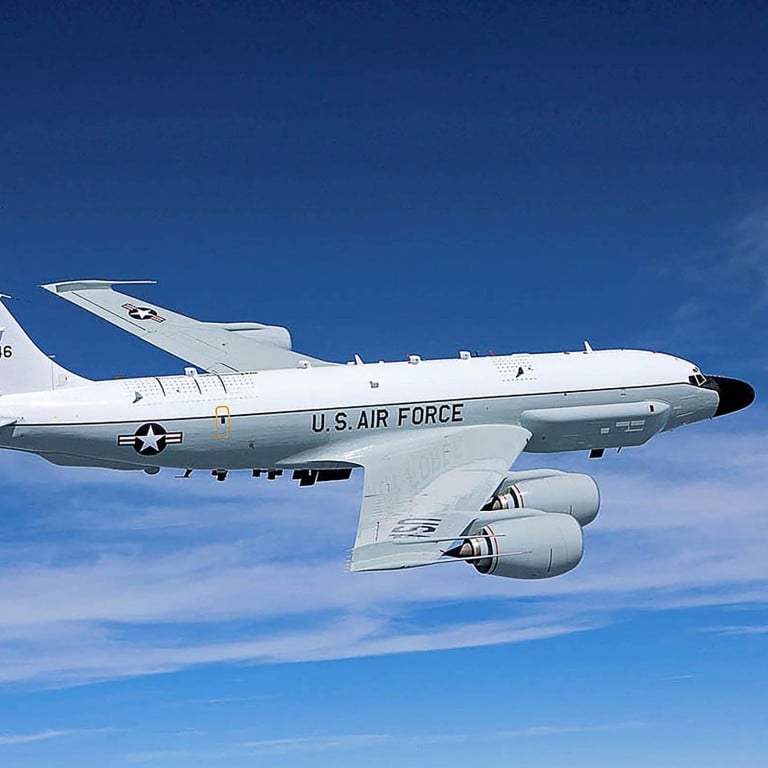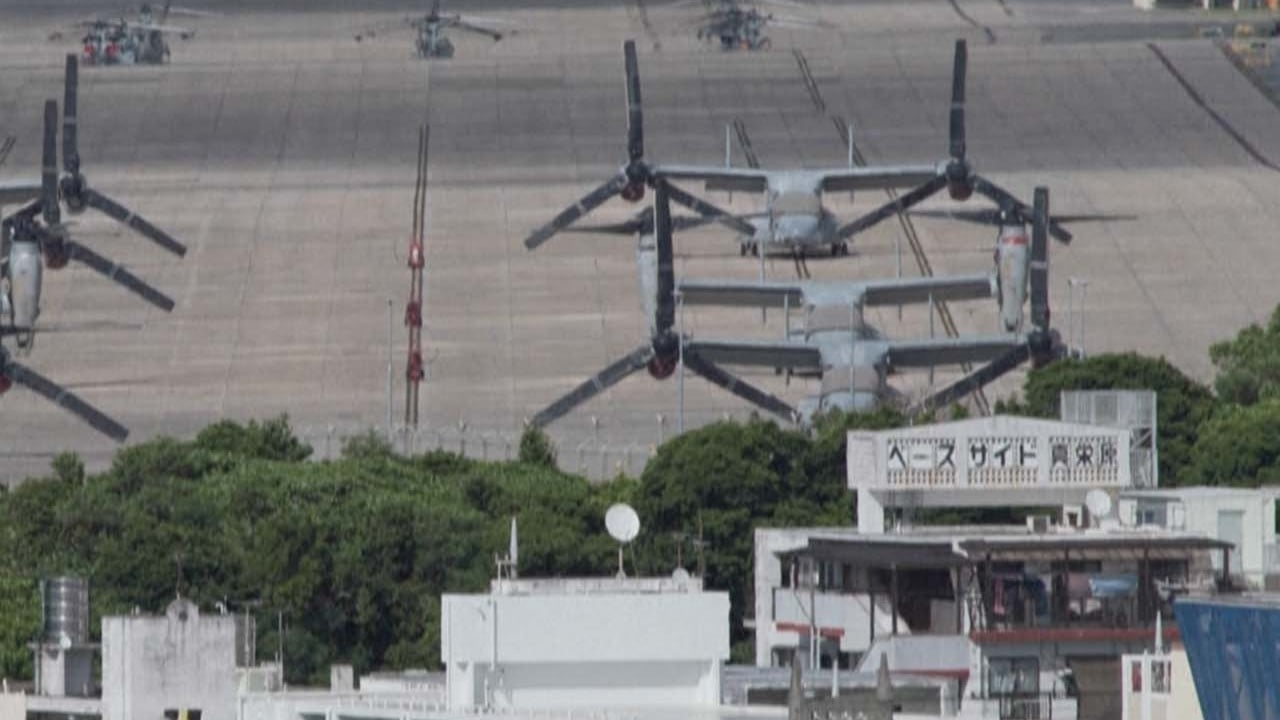
US spy planes edge closer to China’s shores in 2022: think tank
- South China Sea Strategic Situation Probing Initiative says the US again sent hundreds of large aircraft for close-in activities over the South China Sea this year
- Chinese military magazine suggests PLA must strengthen the deployment of drones and the development of home-grown transport aircraft
China faced a growing threat of close-in reconnaissance in 2022, especially from the United States, with a sustained number of flights conducted nearer to Chinese shores, according to a Beijing-based think tank.
The latest reconnaissance flight came on Wednesday, when the US deployed aircraft – three P-8A Poseidon anti-submarine patrol aircraft, one E-3G early warning and control aircraft and one RC-135V reconnaissance aircraft – from Kadena airbase in Japan and Clark airbase in the Philippines that patrolled the Taiwan Strait and the South China Sea region.
SCSPI director Hu Bo said the flight pattern this year was similar to that last year, but the US planes were flying closer to China.
He said the assessment was based on commercial data from the Automatic Dependent Surveillance Broadcast (ADS-B) system, but might only reveal a small portion of America’s close-in reconnaissance activities because not all aircraft had their ADS-B transponders switched on and smaller planes were not included in the tally.
“The real number should be larger,” Hu said. “And these close-in reconnaissance activities are increasingly nearing Chinese shores, which will inevitably boost the risks of confrontation and friction.”
China accuses Canada of stepping up reconnaissance against PLA
In 2021, large US reconnaissance aircraft conducted around 1,200 close-in spying flights over the South China Sea, according to a SCSPI report in March. US warplanes have also patrolled other regions, including the East China Sea and the Yellow Sea.
The close-in reconnaissance flights can collect, categorise and analyse various electromagnetic signals within a radius of nearly 400km (250 miles), paving the way for future military action.
In addition to the US, Australia sent its warplanes to conduct reconnaissance flights in May over the Paracel Islands – known in China as the Xisha – in the South China Sea, where China has reclaimed and fortified islands.
Song Zhongping, a former People’s Liberation Army instructor, said some weapons sent signals during military exercises, and once these signals were captured and decoded they could be used to disrupt Chinese weapon systems’ normal operations.
“And some other electromagnetic signals can reveal how military branches communicate, and risk leaking Chinese military information if gathered and analysed,” Song said.
In an analysis published in its December issue, Naval and Merchant Ships, a Chinese military magazine, called for China to be more proactive to counter foreign close-in reconnaissance flights.
The article suggested China could use electronic-magnetic interference and suppression to counter foreign reconnaissance flights, which could immediately cut off signal-gathering activities.
It said the Chinese armed forces had had a comprehensive electromagnetic countermeasure system since the strategic support force was established during military reforms in 2015.
Mystery airship spotted over Philippines near South China Sea
The article said that no matter how countermeasures evolved, the most effective measure was to be active in defence.
“Our [the Chinese] military must continue to increase the combat patrols of air special operations platforms to the first island chain and the second chain, and actively collect intelligence on US allies … so as to force other countries to stop cooperating with the United States in spying on our country,” the article said.
“It is [also] necessary to … strengthen the deployment of drones and the development of home-grown transport aircraft, a platform that can be turned into a special aircraft.”



